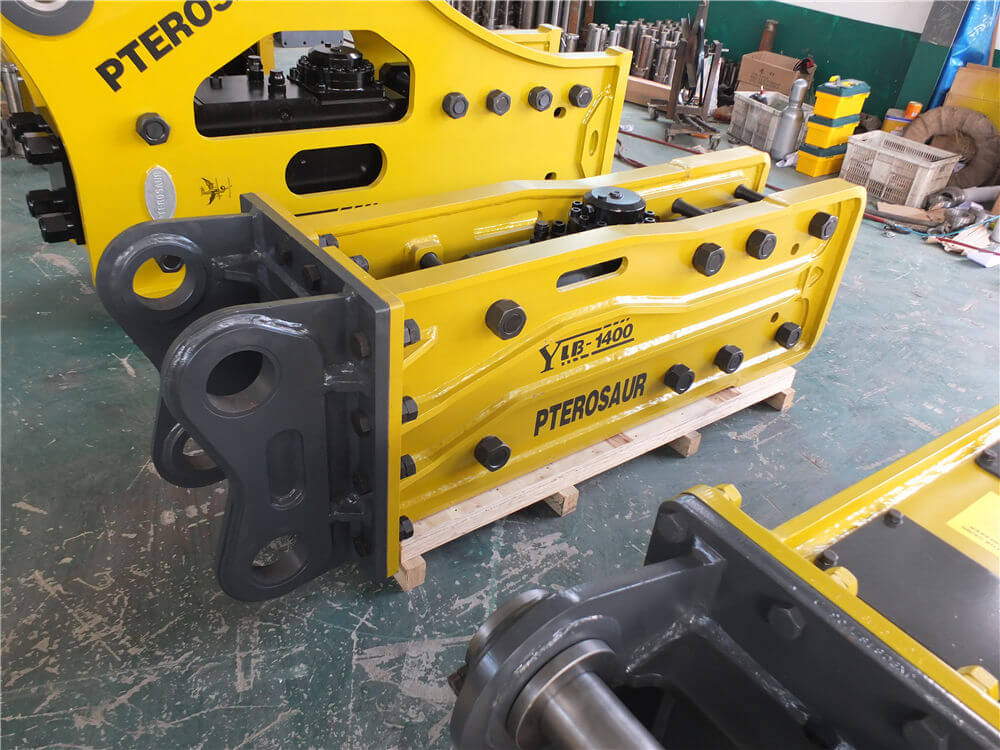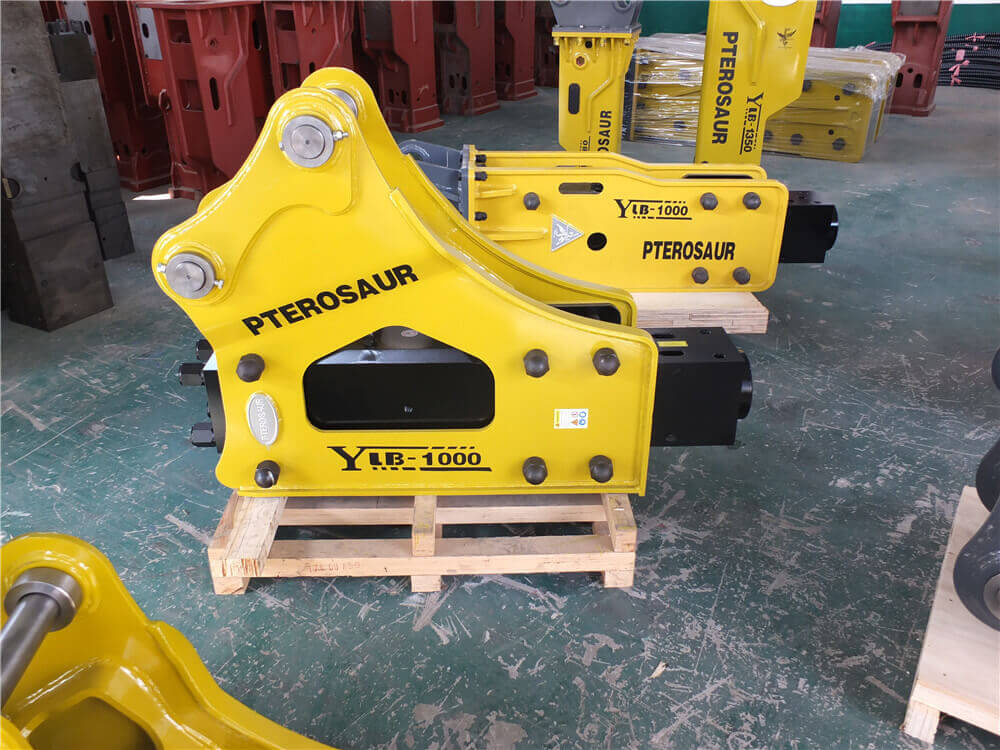Understanding Hydraulic Breakers: What They Are and How They Work
Hydraulic breakers, also known as hydraulic hammers, are essential tools in the construction and demolition industries. Renowned for their power and efficiency, these devices are typically affixed to excavators or backhoes, enabling them to deliver high-impact force to break through tough materials like concrete and rock. In this article, we will explore what hydraulic breakers are, how they function, and their applications in various fields.
What Is a Hydraulic Breaker?
A hydraulic breaker is a heavy-duty attachment designed to perform impactful hammering actions. By utilizing the principles of hydraulics, it converts hydraulic energy into mechanical energy to deliver powerful blows. The core component of a hydraulic breaker is a hydraulic cylinder equipped with a piston, which moves up and down to create the hammering effect. This mechanism allows the hydraulic breaker to operate effectively even in confined spaces where traditional demolition methods may fail.
How Does a Hydraulic Breaker Work?
To understand how a hydraulic breaker operates, it’s essential to break down its main components and their functions:
-
Hydraulic Cylinder: The hydraulic cylinder is the heart of the breaker. It houses the piston that moves to create the hammering action. When pressurized hydraulic oil is introduced into the cylinder, it forces the piston downward, generating a significant amount of force.
-
Piston: The piston is responsible for delivering the impact. As it moves down, it strikes the chisel or tool at the front of the breaker, effectively breaking the material beneath.
-
Hydraulic Oil: The hydraulic system relies on oil to transmit power. High-pressure hydraulic oil is stored in a canister and directed into the hydraulic cylinder to initiate movement.
-
Control Valve: This component regulates the flow of hydraulic oil to the cylinder, allowing the operator to control the speed and force of the hammering action.
The Process
When the hydraulic breaker is activated, the hydraulic oil flows into the cylinder, causing the piston to move downward with great force. Upon reaching the end of its stroke, the piston strikes the attached tool, breaking the material. This cycle repeats rapidly, allowing for continuous operation in demolition tasks.
Applications of Hydraulic Breakers
Hydraulic breakers are widely used across various industries, including:
-
Construction: They are essential for breaking down walls, foundations, and other structures during renovations or new constructions.
-
Demolition: In demolition projects, hydraulic breakers efficiently break concrete and other solid materials, facilitating swift and safe removal.
-
Excavation: These tools are invaluable in excavation work, especially in rocky terrains where traditional methods may not be feasible.
-
Roadwork: Hydraulic breakers are employed to break up pavement for road repairs, utility installations, and other infrastructure projects.
Advantages of Hydraulic Breakers
-
Powerful Performance: Hydraulic breakers deliver high-impact energy, making them suitable for heavy-duty tasks.
-
Versatility: They can be used with various machinery, making them adaptable to different job sites and conditions.
-
Efficiency: Their design allows for rapid operation, significantly speeding up demolition and construction processes.
-
Compact Size: Hydraulic breakers are ideal for confined spaces where larger equipment cannot operate effectively.
Conclusion
Hydraulic breakers represent a remarkable advancement in construction and demolition technology. By harnessing the power of hydraulics, these tools provide significant force to break through tough materials, making them indispensable for various applications. Understanding how hydraulic breakers work and their benefits can help professionals choose the right equipment for their projects, ensuring efficiency and effectiveness in their operations. Whether in construction, demolition, or excavation, hydraulic breakers continue to be a vital asset in modern engineering practices.




































